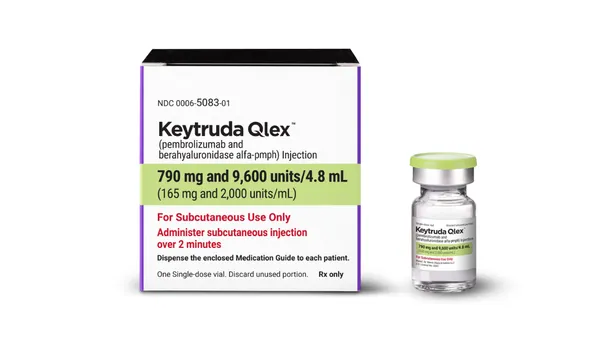letter from the editor Phase IV studies can help differentiate a product from its competitors, medically support marketing objectives and messages, develop and enhance relationships with clinical investigators and key opinion leaders, increase physician exposure to a new drug, answer scientific questions, and provide other information for multiple stakeholders such as patients, physicians, managed care organizations, and disease associations. The Pharmaceutical Research and Manufacturers of America reported in 2002 that the rate of spending for Phase IV research increased by 20%, and CenterWatch estimates that sponsor spending on postmarketing clinical grants is rising faster than grant spending for Phase I to Phase III studies. Questions, however, have arisen about the design of Phase IV studies. Critics claim that many Phase IV studies serve little scientific purpose and are primarily conducted as a marketing tool. Some say marketers use postmarketing trials as a way to increase market penetration by influencing the treatment choice of health providers and encouraging the product’s inclusion in HMO formularies. The industry is addressing Phase IV trial design and developing best practices to create postmarketing studies that balance marketing and science. “If there are clinically meaningful and scientifically valid data to show how one drug compares with another, it is perfectly acceptable for marketing to expound upon these scientific messages,” says Bill W. Massey, Ph.D., managing partner of Scientific Commercialization LLC. “The vast majority of the time the source for funding a study has absolutely no impact on its scientific validity. Phase IV trials should be designed to meet medical needs in the marketplace first and then to support whatever marketing messages the commercial stakeholders want to communicate to a broader audience. Phase IV studies have the potential to improve patient care and product satisfaction, and both of these factors optimize appropriate product use.” “It can be argued that any study done after market approval is an integral part of life-cycle management and can therefore support marketing activity,” says Hani Zaki, MPH, MBA, executive director of business development, Phase IV Division at PharmaNet. “Even risk-assessment studies or pharmacoepidemiology studies can have a direct commercial impact on a product. But, pure commercial activity under the guise of Phase IV is not an acceptable practice.” The Food and Drug Administration requires postmarketing studies for all products that receive accelerated approval. The agency may also request a postmarketing study to develop information that, although not essential for approval, is important for improving the use of the product, product quality, or consistency in product manufacturing. These voluntary commitments are agreed to in writing by the applicants. According to Robert R. Ruffolo, Ph.D., president of research and development of Wyeth Pharmaceuticals, and senior VP of Wyeth, these voluntary commitments are becoming a burden to the industry. “Requests for additional studies, postmarket, have become nearly automatic,” he says. “These studies account for 26% of funding allotted for all preapproval and postmarketing clinical studies, which is money that becomes unavailable for funding the development of innovative new drugs. This contributes to the decrease in productivity that has become so apparent. A good amount of our resources are diverted away from new drugs to study drugs that already have been determined to be safe and effective.” Taren Grom Editor Dr. Bill W. Massey Balancing the needs of all the stakeholders in Phase IV trials — marketing, clinical, patients, as well as healthcare practitioners — and ending up with data that improve a product’s utility is a challenge, but it is also the goal of a successful product plan. Developing a balance
An article from












